Here is that ^#%&@ cowl flap update I promised several days ago, and Rick, I'm always glad to find someone else who has had the pleasure to tinker with these devices.

First of all, if Gary did a pictorial on the cowl flap set-up last year I apologize for repeating it. All four cowl flap assemblies were completely dismantled, stripped of paint and oil, reassembled, and painted last winter during the reconfiguration. Unfortunately, we wanted to refurbish all the hinge bushings then as well, but time didn't allow that to occur. Well, time didn't allow that rebushing to occur this winter either.

Now, on to the task at hand:
Consolidated's engineers actually designed a rather ingenious interlocking cowl flap arrangement that works quite well. With the high number of hours on '927 we have an issue of sloppiness due to (more-or-less) normal wear. The cowl flaps, and cowlings in general, spend their entire life in the most turbulent airflow on any airplane. Propwash hits the outside of the cowl flaps and varies in strength depending on power settings and cowl flap position. Cooling airflow through the cowlings and across the cylinders exits through the cowl flap openings in another turbulent mass that impinges on the inside of the flaps. With all that air hammering on both sides of the flaps, it's a wonder that the whole affair doesn't just fall apart after a short time. Now for some pictures and a little description of what I did (and didn't have time to do

) last week:
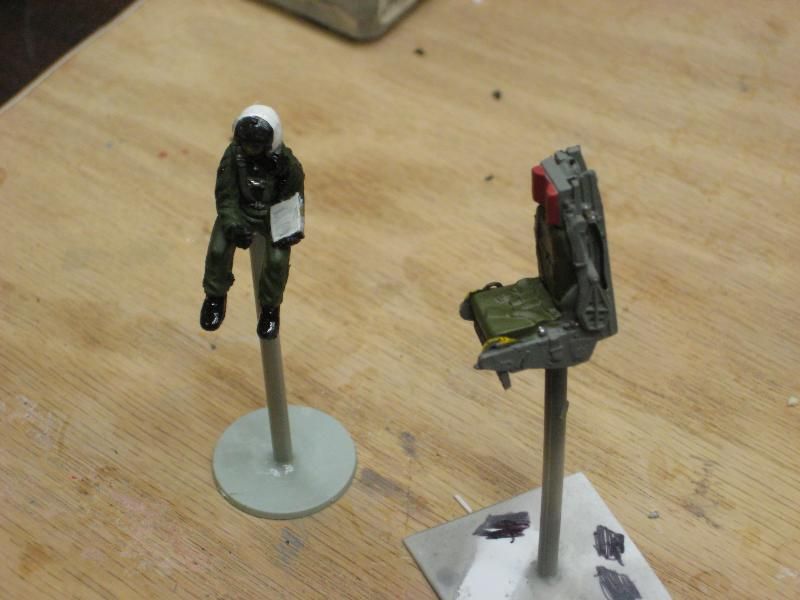
This is the complete #3 flap ring awaiting inspection, repair, and reinstallation. Doesn't really look too complicated, and it really isn't after you've tinkered with them for a while.
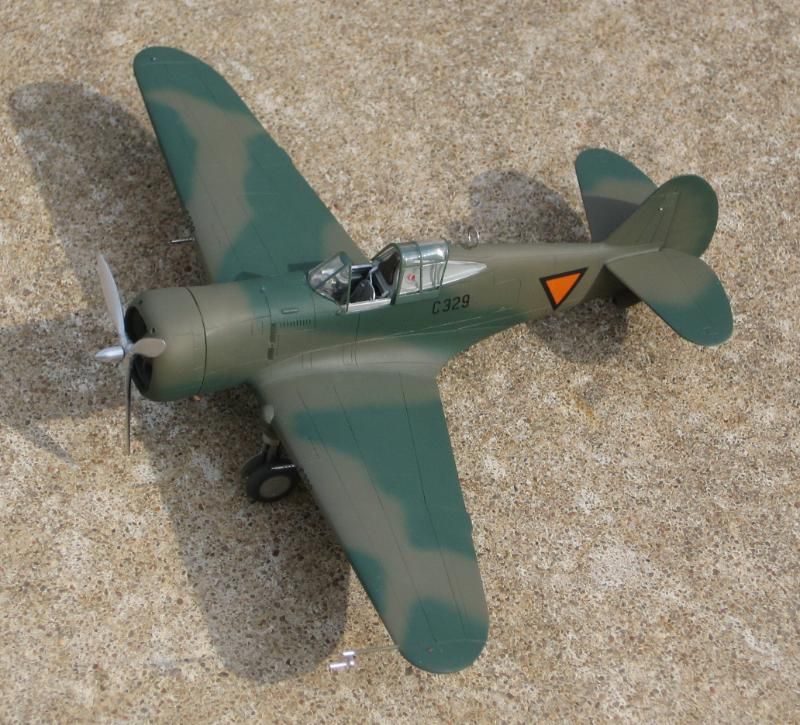
This is the Erector Set for #1 in a somewhat more dismantled state. I'll use the following pictures to try to explain how the flaps work and why they wear the way they do.
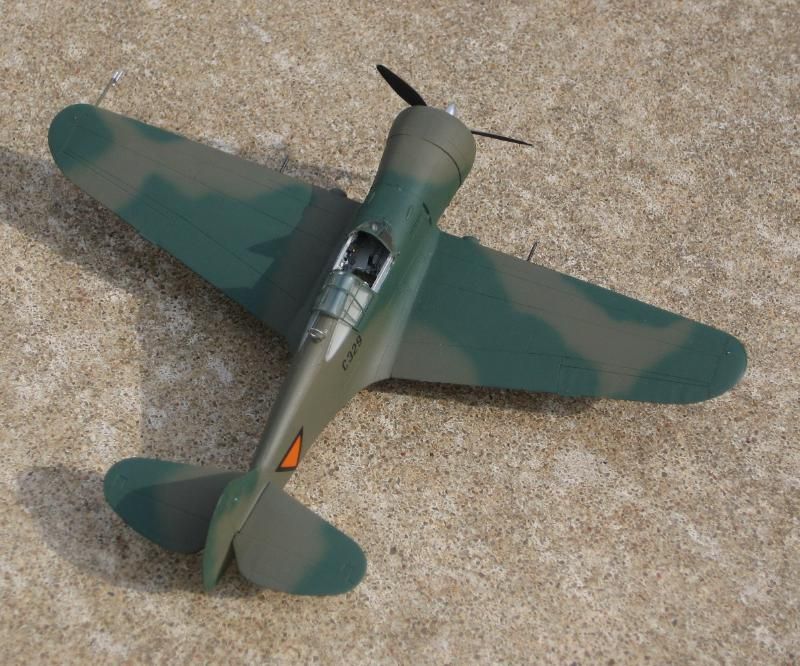
Here is the interface and hinge connection that exists at each of the eight segments around the cowling. The flap segments pivot open and closed on the bolts with safety wire securing them. The angled connection with the castellated nut and bolt in the center is the actuating arm. The new bushings we need to fabricate and install are located at each of these four hinge points on each flap segment.
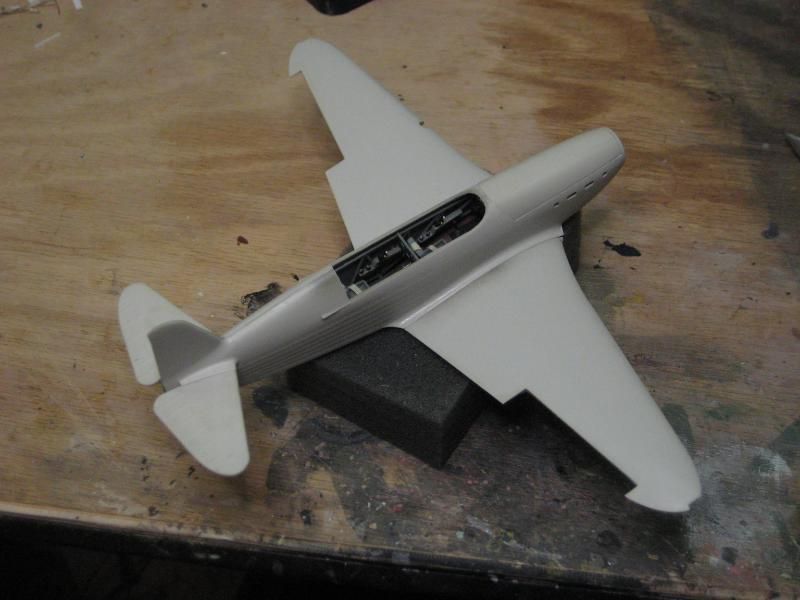
This is the actuating rod set-up disassembled. you can see where the shaft of each connector slides in the flap bushings.
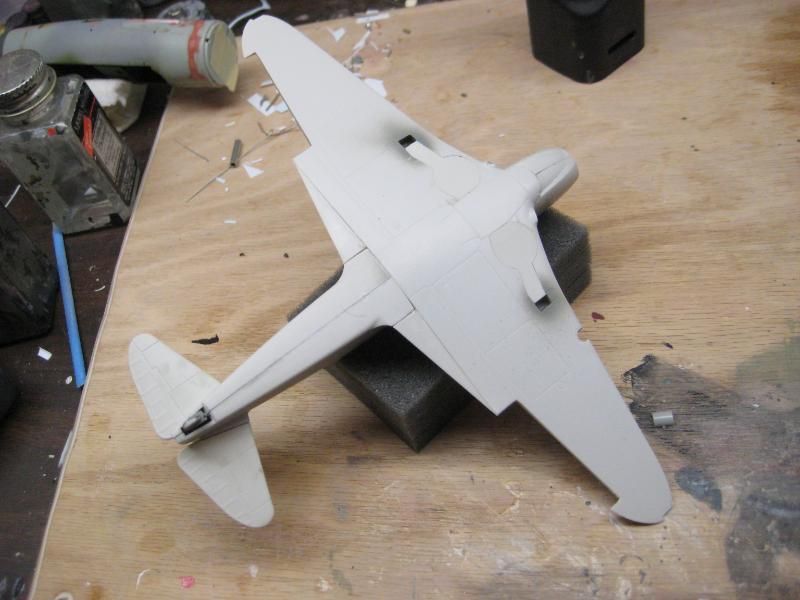
Here is the connecting linkage in the process of being connected, you simply

slip the two halves into their sockets, maneuver the flap segments into position, and install the bolt, washers, nut, and cotter pin. (This really sounds simpler than it is, right Rick?)
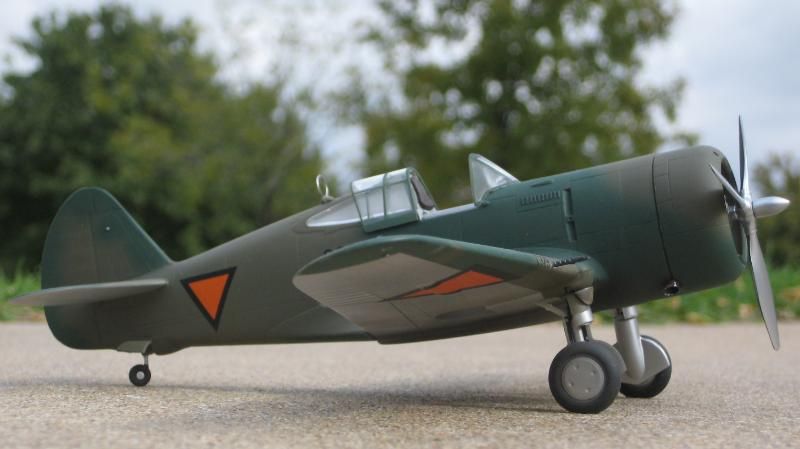
And this is a completed assembly. The hinge bolts are installed, the pinch nut that you can't see is tightened and then safety wire is applied. The actuating connectors are installed and safetied, and the actuating rod from the cowl flap motor linkage is hooked to the bracket on this particular flap pair. Another identical linkage is connected on the other side of the nacelle, and these two connections move the flaps open and closed via a system of electric motor, gearboxes, and teleflex driveshafts. After everything is connected it's a relatively simple matter to rig the left and right halves to work in concert with one another. The difficult part is keeping everything from getting too sloppy and not staying synchronized, and that is what takes lots of time. Hopefully we will be able to fabricate and install all new bushings next winter and finish tightening up all four assemblies. Until then, the flaps are in pretty good shape with just a touch more play than we'd like. The aggravating part of cowl flap maintenance is the inordinate amount of time it takes to inspect, repair, and assemble all the parts of each assembly. I lost track of time, and worked on some other pressing projects as a way to take a break from the flaps, but still spent about 15 hours per engine and we haven't started on #3.
Scott





